ANSI/ASTM E140-2002 金屬硬度換算表
作者:百檢網(wǎng) 時間:2021-08-02
中文標(biāo)準(zhǔn)名稱:金屬硬度換算表
英文標(biāo)準(zhǔn)名稱:Hardness Conversion Tables for Metals
標(biāo)準(zhǔn)類型:H22
發(fā)布日期:1999/12/31 12:00:00
實(shí)施日期:2002/1/10 12:00:00
中國標(biāo)準(zhǔn)分類號:H22
國際標(biāo)準(zhǔn)分類號:77.040.10
適用范圍: Conversion Table 1 presents data in the Rockwell C hardness range on the relationship among Brinell hardness, Vickers hardness, Rockwell hardness, Rockwell superficial hardness, Knoop hardness, and Scleroscope hardness of non-austenitic steels including carbon, alloy, and tool steels in the as-forged, annealed, normalized, and quenched and tempered conditions provided that they are homogeneous. Conversion Table 2 presents data in the Rockwell B hardness range on the relationship among Brinell hardness, Vickers hardness, Rockwell hardness, Rockwell superficial hardness, Knoop hardness, and Scleroscope hardness of non-austenitic steels including carbon, alloy, and tool steels in the as-forged, annealed, normalized, and quenched and tempered conditions provided that they are homogeneous. Conversion Table 3 presents data on the relationship among Brinell hardness, Vickers hardness, Rockwell hardness, Rockwell superficial hardness, and Knoop hardness of nickel and high-nickel alloys (nickel content over 50 %). These hardness conversion relationships are intended to apply particularly to the following: nickel-aluminum-silicon specimens finished to commercial mill standards for hardness testing, covering the entire range of these alloys from their annealed to their heavily cold-worked or age-hardened conditions, including their intermediate conditions. Conversion Table 4 presents data on the relationship among Brinell hardness, Vickers hardness, Rockwell hardness, and Rockwell superficial hardness of cartridge brass. Conversion Table 5presents data on the relationship between Brinell hardness and Rockwell B hardness of austenitic stainless steel plate in the annealed condition. Conversion Table 6 presents data on the relationship between Rockwell hardness and Rockwell superficial hardness of austenitic stainless steel sheet. Conversion Table 7presents data on the relationship among Brinell hardness, Vickers hardness, Rockwell hardness, Rockwell superficial hardness, and Knoop hardness of copper. Conversion Table 8 presents data on the relationship among Brinell hardness, Rockwell hardness, and Vickers hardness of alloyed white iron. Conversion Table 9 presents data on the relationship among Brinell hardness, Vickers hardness, Rockwell hardness, and Rockwell superficial hardness of wrought aluminum products. Many of the conversion values presented herein were obtained from computer-generated curves of actual test data. Most Rockwell hardness numbers are presented to the nearest 0.1 or 0.5 hardness number to permit accurate reproduction of these curves. Since all converted hardness values must be considered approximate, however, all converted Rockwell hardness numbers shall be rounded to the nearest whole number in accordance with Practice E 29. Appendix X1-Appendix X9 contain equations developed from the data in Table 1-9, respectively, to convert from one hardness scale to another. Since all converted hardness values must be considered approximate, however, all converted hardness numbers shall be rounded in accordance with Practice E 29. Conversion of hardness values should be used only when it is impossible to test the material under the conditions specified, and when conversion is made it should be done with discretion and under controlled conditions. Each type of hardness test is subject to certain errors, but if precautions are carefully observed, the reliability of hardness readings made on instruments of the indentation type will be found comparable. Differences in sensitivity within the range of a given hardness scale (for example, Rockwell B) may be greater than between two different scales or types of instruments. The conversion values, whether from the tables or calculated from the equations, are only approximate and may be inaccurate for specific application.
相關(guān)標(biāo)準(zhǔn)
《ASTM A923-2014》檢測雙相奧氏體/鐵素體不銹鋼有害金屬間相的試驗(yàn)方法 ASTM A923-2014
《GB/T 1954-2008》鉻鎳奧氏體不銹鋼焊縫鐵素體含量測試方法 GB/T 1954-2008
《TB/T 2451-1993》鑄鋼中非金屬夾雜物金相檢驗(yàn) TB/T 2451-1993
《GB/T 2059-2017》銅及銅合金帶材 GB/T 2059-2017
《GB/T 5223—2014》預(yù)應(yīng)力混凝土用鋼絲 GB/T 5223—2014
《ASTM E290-2014》金屬材料延性彎曲試驗(yàn)方法 ASTM E290-2014
《GB/T4336-2016》碳素鋼和中低合金鋼多元素含量的測定火花放電原子發(fā)射光譜法 GB/T4336-2016
《GB/T 4162-2008》鍛軋鋼棒超聲檢驗(yàn)方法? GB/T 4162-2008
《GB/T224-2019》鋼的脫碳層深度測量法 GB/T224-2019
百檢能給您帶來哪些改變?
1、檢測行業(yè)全覆蓋,滿足不同的檢測;
2、實(shí)驗(yàn)室全覆蓋,就近分配本地化檢測;
3、工程師一對一服務(wù),讓檢測更精準(zhǔn);
4、免費(fèi)初檢,初檢不收取檢測費(fèi)用;
5、自助下單 快遞免費(fèi)上門取樣;
6、周期短,費(fèi)用低,服務(wù)周到;
7、擁有CMA、CNAS、CAL等權(quán)威資質(zhì);
8、檢測報告權(quán)威有效、中國通用;
客戶案例展示
相關(guān)商品
相關(guān)資訊

最新資訊
版權(quán)與免責(zé)聲明
①本網(wǎng)注名來源于“互聯(lián)網(wǎng)”的所有作品,版權(quán)歸原作者或者來源機(jī)構(gòu)所有,如果有涉及作品內(nèi)容、版權(quán)等問題,請?jiān)谧髌钒l(fā)表之日起一個月內(nèi)與本網(wǎng)聯(lián)系,聯(lián)系郵箱service@baijiantest.com,否則視為默認(rèn)百檢網(wǎng)有權(quán)進(jìn)行轉(zhuǎn)載。
②本網(wǎng)注名來源于“百檢網(wǎng)”的所有作品,版權(quán)歸百檢網(wǎng)所有,未經(jīng)本網(wǎng)授權(quán)不得轉(zhuǎn)載、摘編或利用其它方式使用。想要轉(zhuǎn)載本網(wǎng)作品,請聯(lián)系:service@baijiantest.com。已獲本網(wǎng)授權(quán)的作品,應(yīng)在授權(quán)范圍內(nèi)使用,并注明"來源:百檢網(wǎng)"。違者本網(wǎng)將追究相關(guān)法律責(zé)任。
③本網(wǎng)所載作品僅代表作者獨(dú)立觀點(diǎn),不代表百檢立場,用戶需作出獨(dú)立判斷,如有異議或投訴,請聯(lián)系service@baijiantest.com




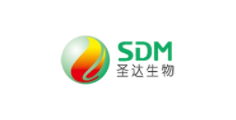

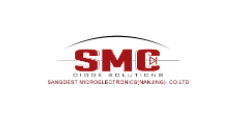

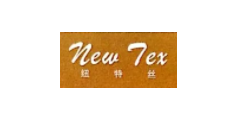
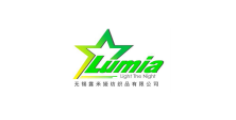
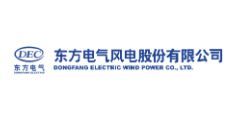


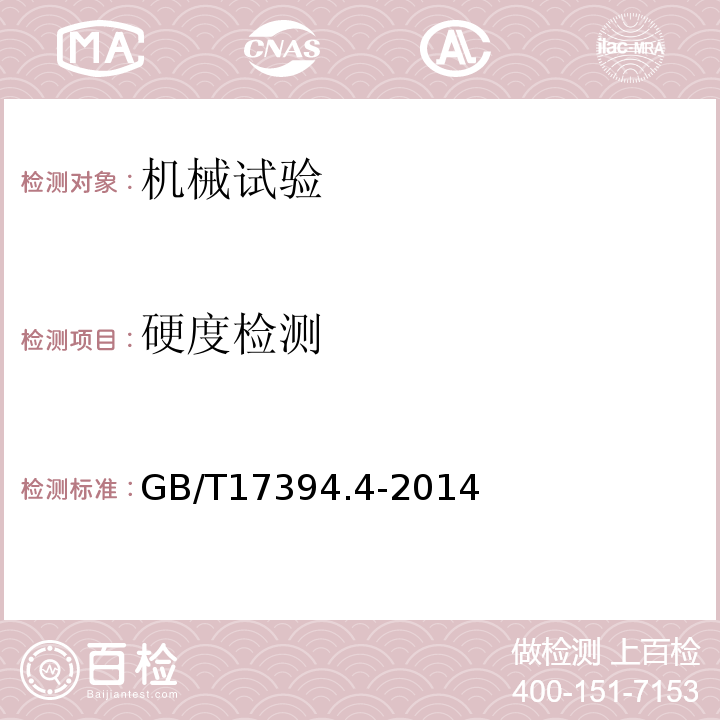
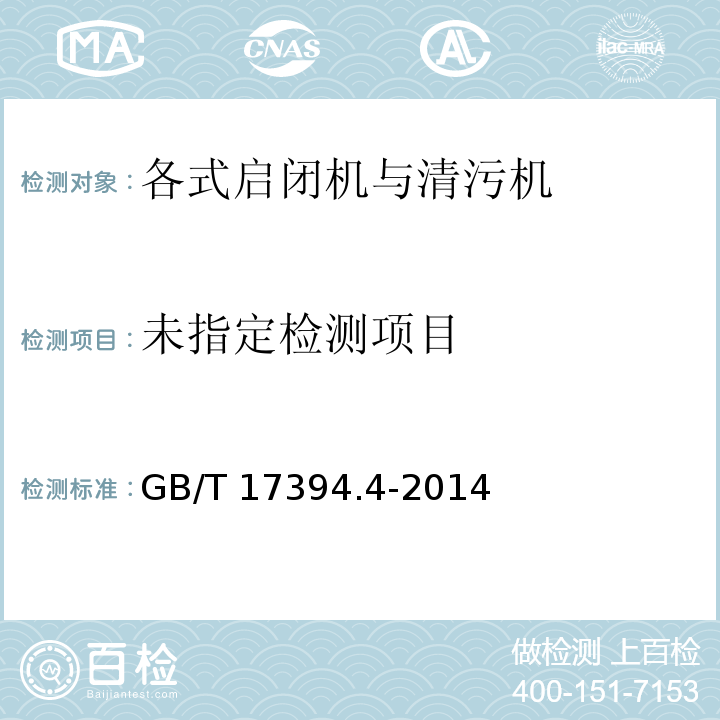
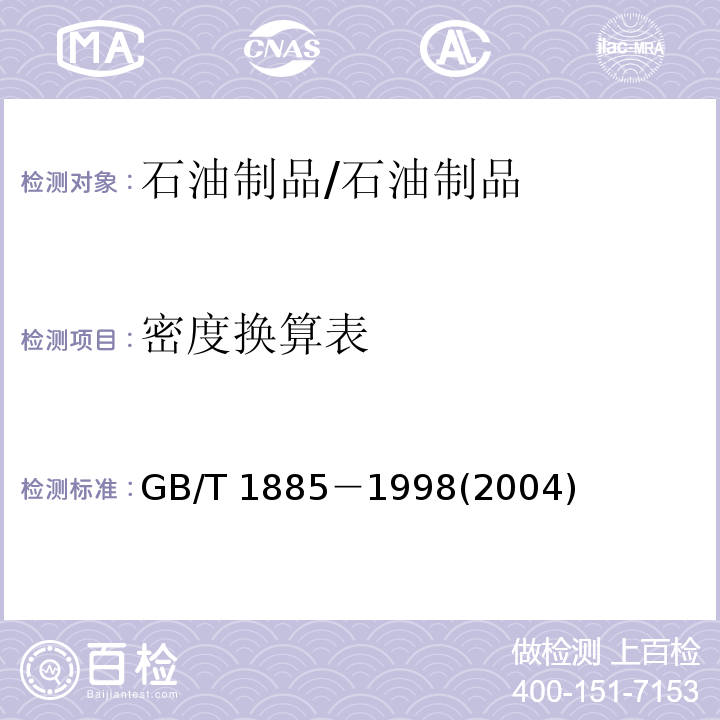
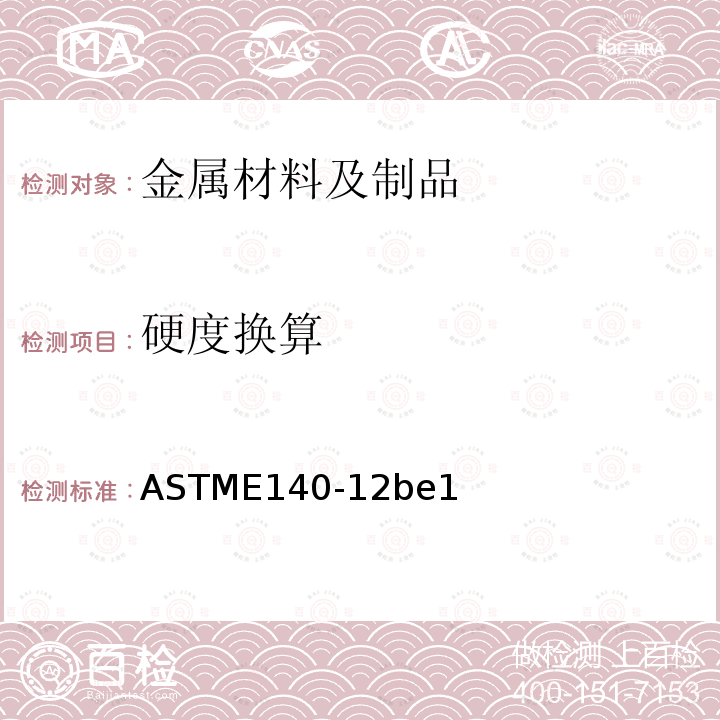
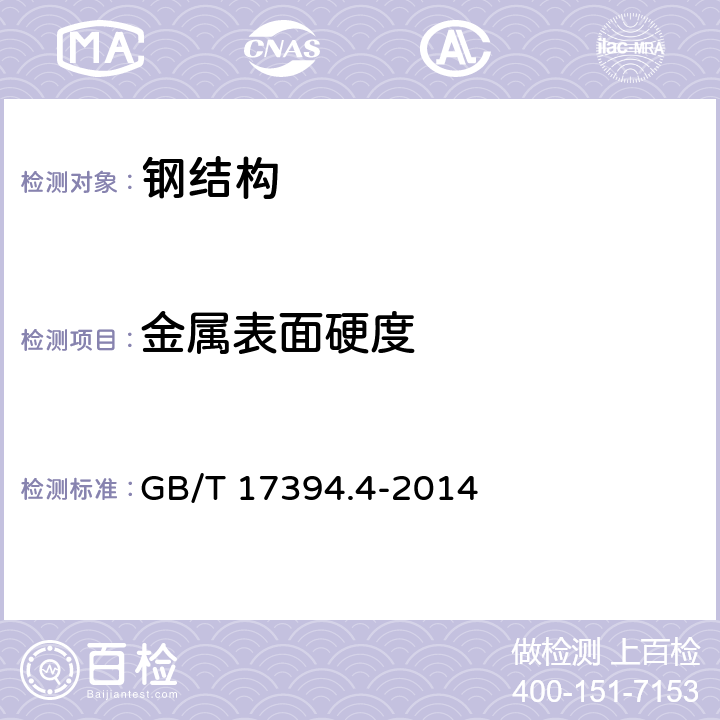

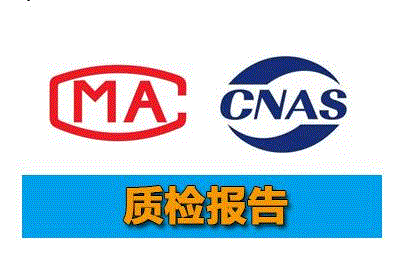
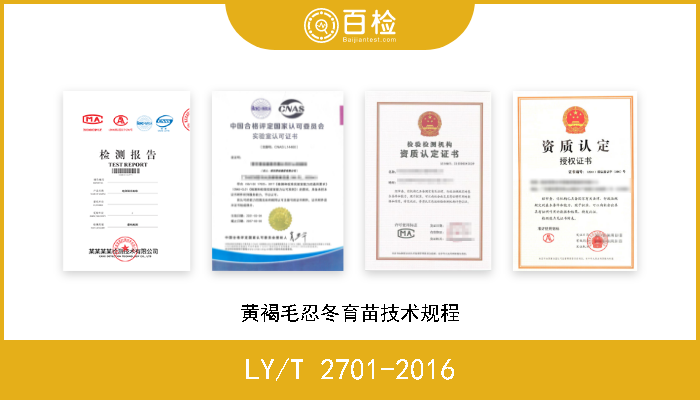
.png)

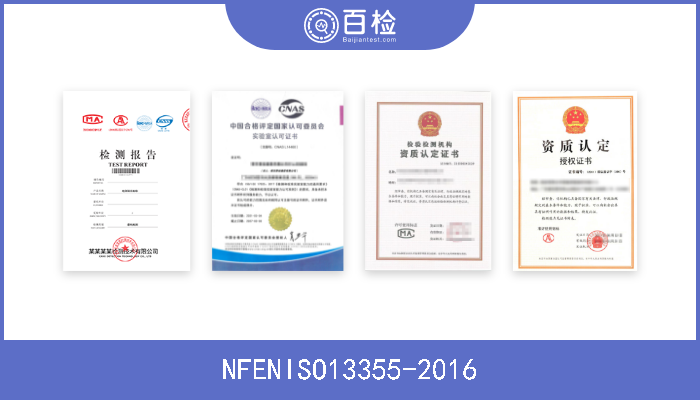
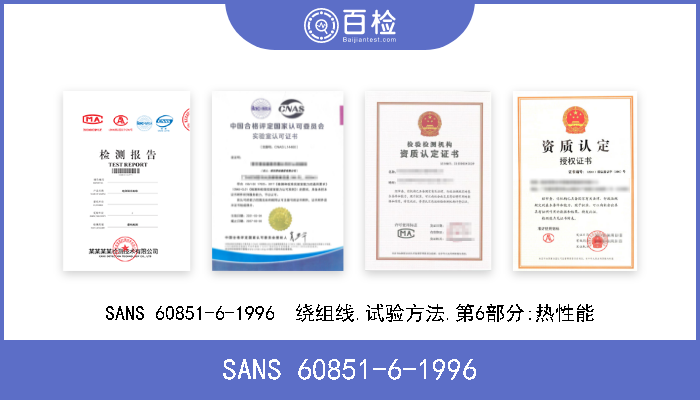
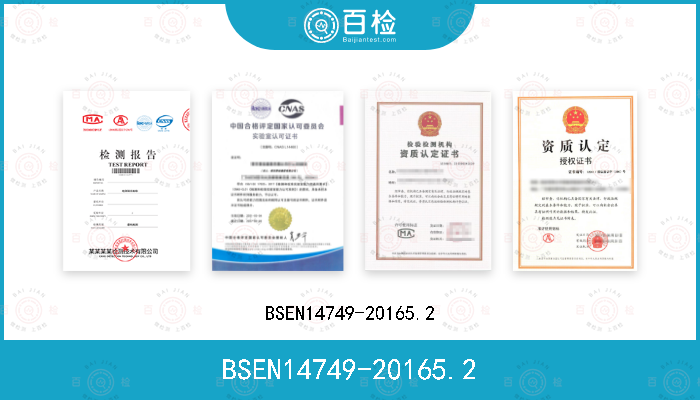
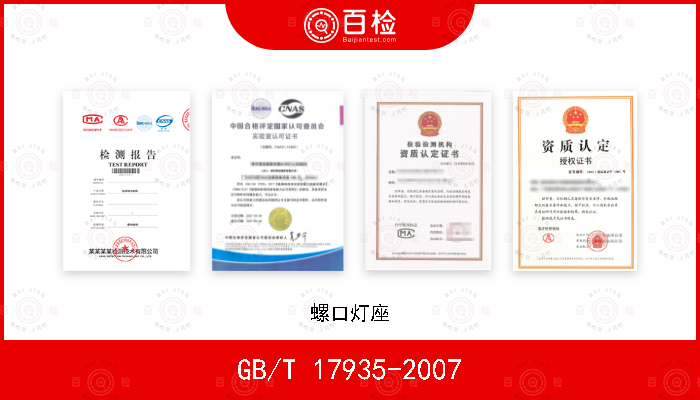



 400-101-7153
400-101-7153 15201733840
15201733840

